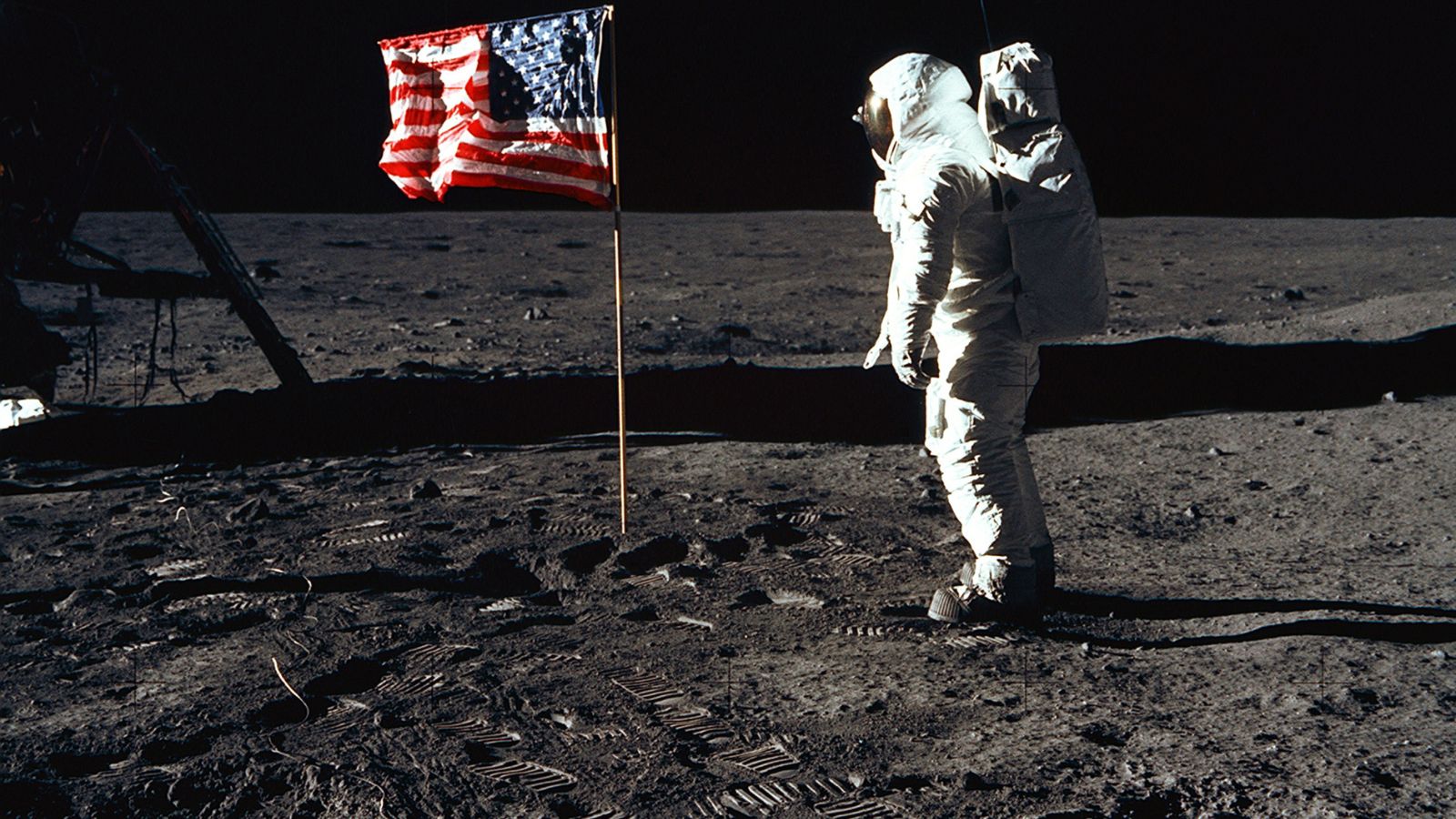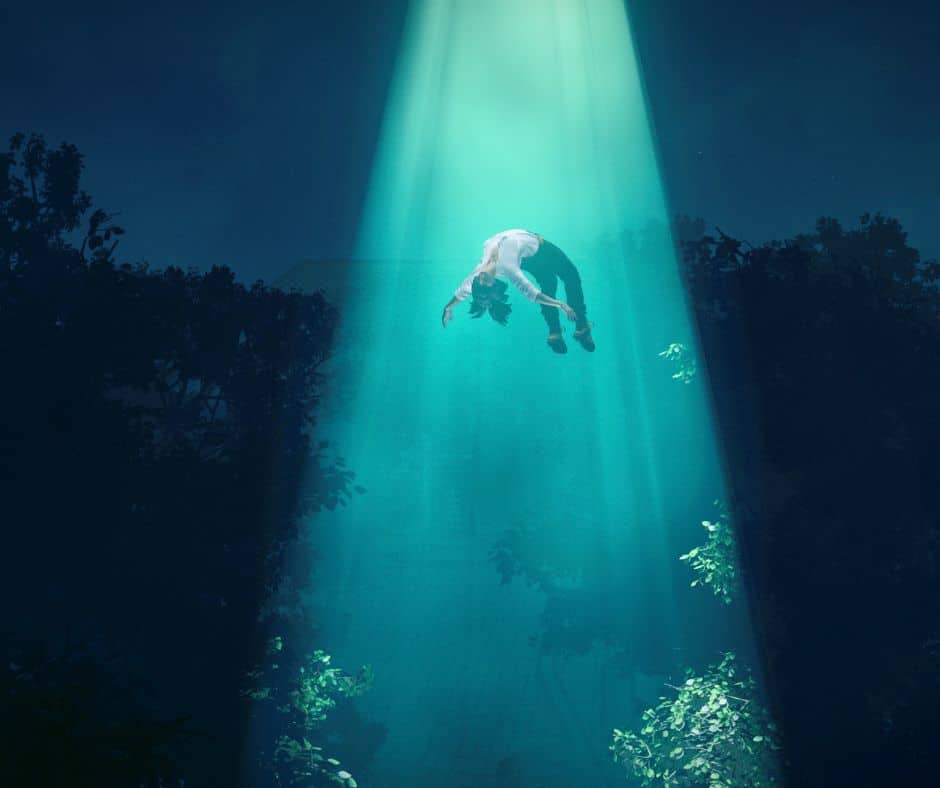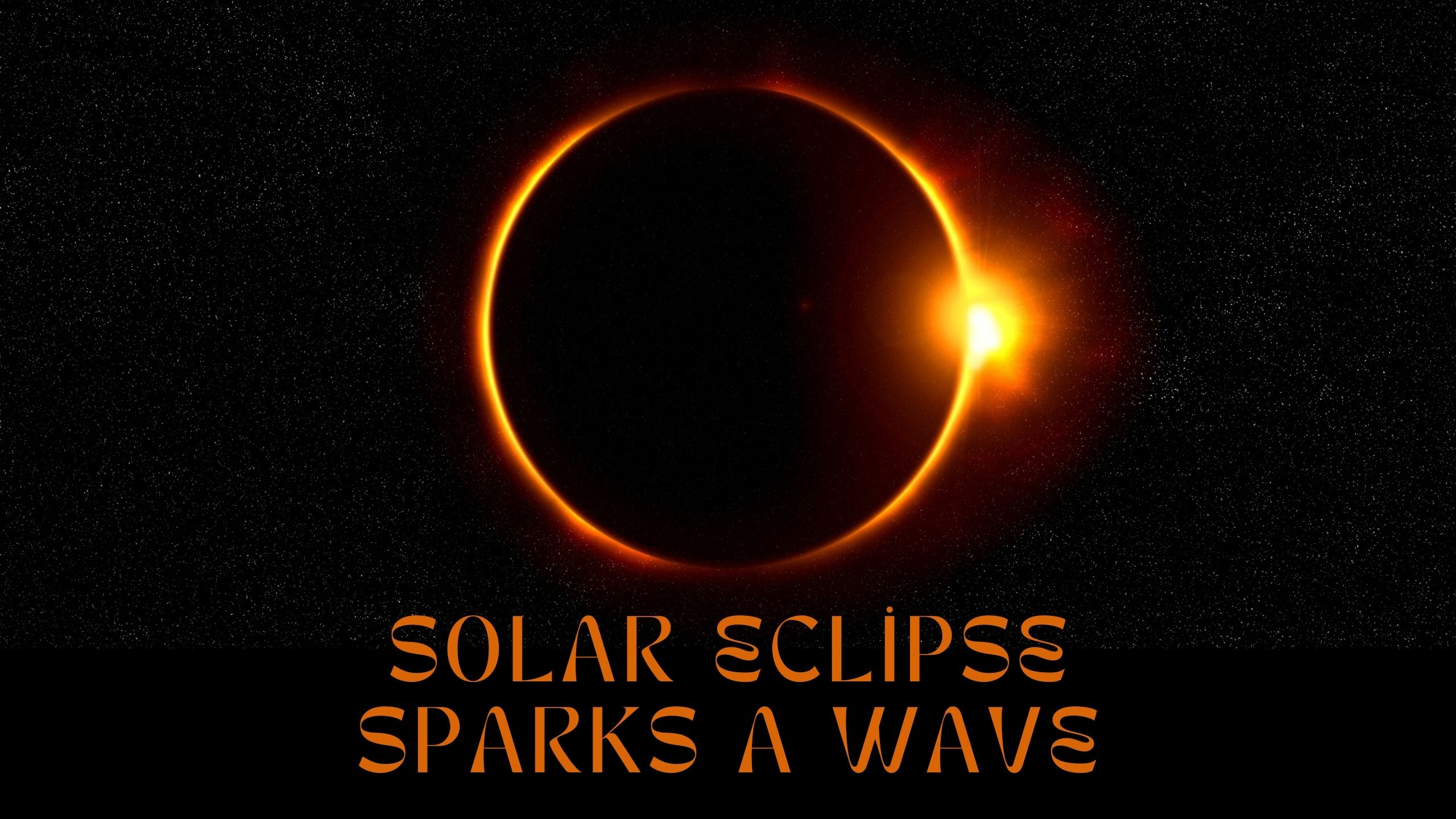The Moon Landing Hoax: Hollywood’s Greatest Production Directed by Stanley Kubrick?
Introduction
The moon landing on July 20, 1969, is one of humanity’s most celebrated achievements. However, a persistent conspiracy theory claims that this monumental event was an elaborate hoax, staged on a Hollywood soundstage and directed by none other than the legendary filmmaker Stanley Kubrick. This theory suggests that the U.S. government, desperate to win the Space Race against the Soviet Union, resorted to cinematic trickery to convince the world that they had landed astronauts on the moon. Let’s explore the arguments and counterarguments surrounding this fascinating conspiracy theory.

The Birth of the Theory
The origins of the moon landing hoax theory can be traced back to the 1970s. As the initial excitement of the moon landing began to fade, skeptics started to question the authenticity of the event. Books like Bill Kaysing’s “We Never Went to the Moon: America’s Thirty Billion Dollar Swindle” fueled the fire, suggesting that the moon landings were faked to secure national pride and continue funding for NASA.
Kubrick’s Connection
Stanley Kubrick, renowned for his meticulous attention to detail and groundbreaking visual effects in films such as “2001: A Space Odyssey,” is often cited as the director of this supposed hoax. Proponents of the theory argue that Kubrick’s film, released in 1968, demonstrated his capability to create realistic space scenes, making him the perfect candidate to direct the fake moon landing.
Key Arguments for the Hoax
- Shadows and Lighting: Conspiracy theorists argue that the shadows in the moon landing photos are inconsistent with a single light source like the Sun. They claim this suggests the use of multiple studio lights.
- Flag Waving: Critics point to the footage of the American flag appearing to flutter as evidence of an atmosphere, something the moon lacks. They argue that this could only happen in a controlled environment with air.
- No Stars in Photos: The absence of stars in the lunar sky in the photos taken on the moon is seen as suspicious. Skeptics claim that stars should be visible and their absence indicates a staged set with a black backdrop.
- Crosshairs Overlay: Some images from the moon landing show crosshairs that appear to be behind objects, leading to the belief that these photos were tampered with or faked.
Counterarguments
- Shadows Explained: Experts explain that the uneven terrain on the moon’s surface can cause shadows to appear non-parallel. Additionally, the moon’s reflective surface could cause diffuse lighting, leading to the observed shadow anomalies.
- Flag Movement: The flag’s movement can be attributed to the astronauts handling it. The lack of atmosphere means the flag continued to move after being positioned due to inertia.
- Stars in Photos: The cameras used were set for daylight exposure, which would wash out the relatively dim light from stars. This is a common occurrence in photography even on Earth.
- Crosshairs Issue: The crosshairs appear behind objects due to overexposure, a photographic anomaly rather than evidence of tampering.
Kubrick’s Denial
Stanley Kubrick never commented publicly on the theory, and there is no evidence linking him to any moon landing hoax. In interviews, those close to him have consistently dismissed the idea as absurd. Kubrick was known for his dedication to authenticity and likely would have found the notion of faking such an important event ethically repugnant.
Conclusion
While the moon landing hoax theory, particularly the involvement of Stanley Kubrick, remains a popular topic among conspiracy theorists, the overwhelming evidence supports the authenticity of the Apollo missions. The arguments presented by skeptics often rely on misunderstandings of photographic principles and the physics of the lunar environment. Despite this, the theory persists as a cultural curiosity, reflecting the enduring human fascination with mystery and intrigue.




